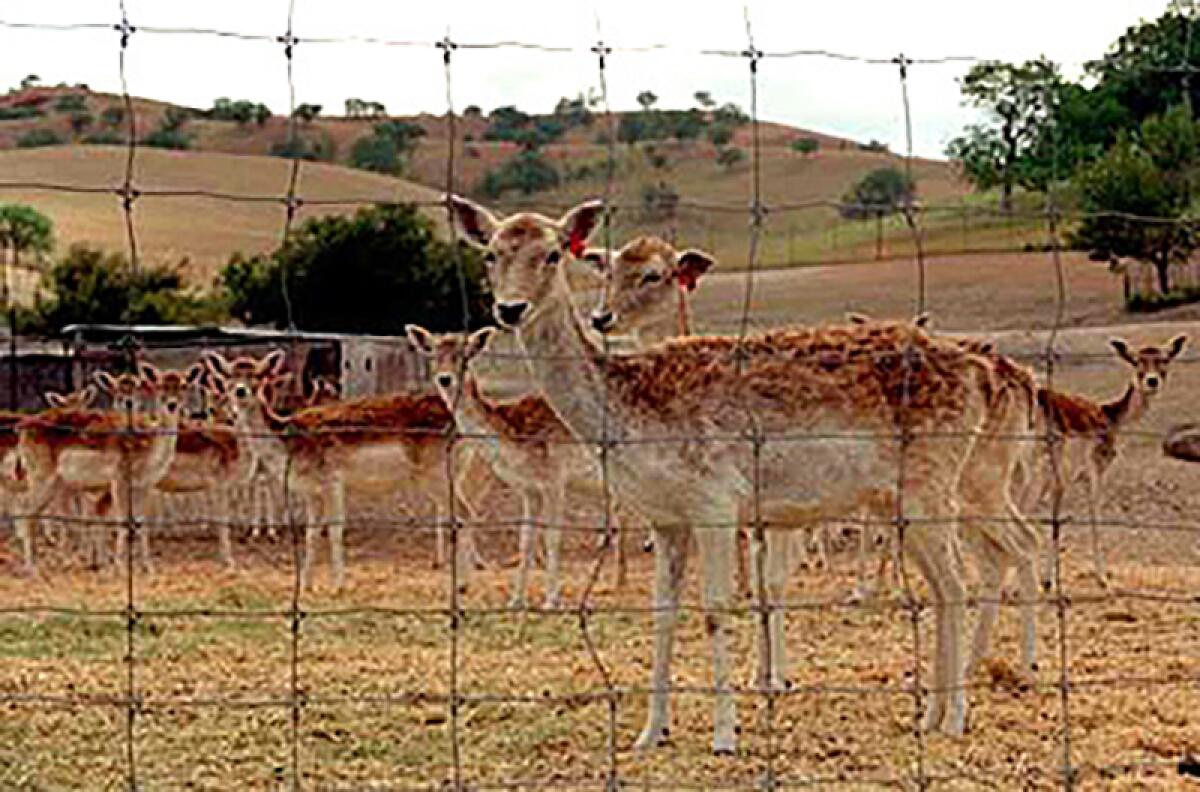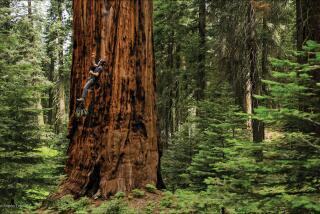Central Coast ranch that is home to endangered species to be preserved

- Share via
California’s Wildlife Conservation Board has voted to grant more than $10 million to protect a 27,000-acre cattle ranch on the Central Coast that is home to hundreds of species of native plants and endangered animals.
The Wildlife Conservation Board voted Feb. 15 to award a $10.3-million grant to the Land Conservancy of San Luis Obispo County to preserve the Camatta Ranch in Santa Margarita, according to a news release.
The 27,500 acres of grassland, shrub land, blue oak savanna and riparian corridors serve as habitats for 299 animal species and 250 native plant species, including the Camatta Canyon amole plant, Bell’s vireo and the blunt-nosed leopard lizard as well as the endangered San Joaquin kit fox, the California condor and the giant kangaroo rat.
The funding will protect a ranch that is 4 square miles larger than San Francisco. The ranch has been owned by the Morrison family since 1978, when they decided to move their cattle to the Central Coast, about 30 miles northeast of San Luis Obispo.
“In the heart of California’s Central Coast, the beautiful and diverse Camatta Ranch stands as a testament to the enduring legacy of a family and the power of partnerships to ensure its protection,” Kaila Dettman, executive director for the Land Conservancy of San Luis Obispo County, said in a statement.
“By conserving this working cattle ranch, composed of rolling grasslands, majestic oaks and habitat for myriad wildlife species, we won’t just protect a 27,512-acre piece of land, but a critical wildlife corridor and refuge for those who visit,” Dettman continued.
The grants contribute to Gov. Gavin Newsom’s goal of preserving 30% of California’s coastal waters and lands by 2030. The initiative, known as “30x30,” seeks to expand access to nature, address climate change and protect biodiversity.
More to Read
Sign up for Essential California
The most important California stories and recommendations in your inbox every morning.
You may occasionally receive promotional content from the Los Angeles Times.











